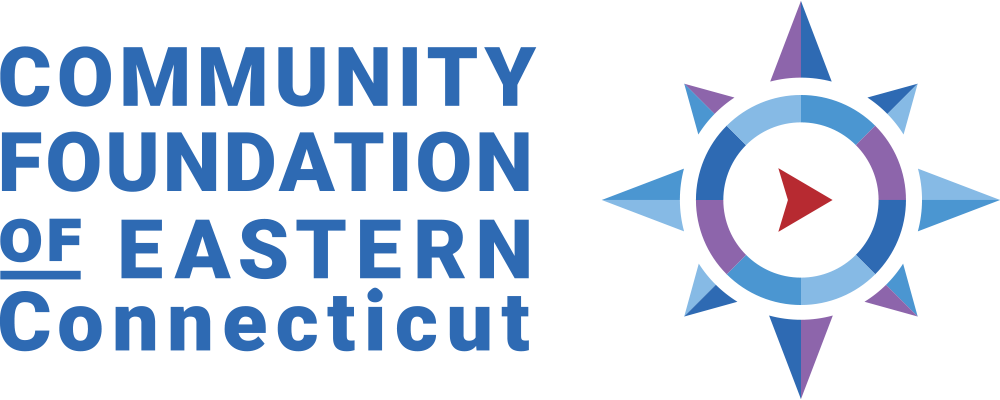 By Erica Moser as published in The Day
By Erica Moser as published in The Day
An initiative aimed at COVID-19 communication, risk reduction and prevention in communities of color is expanding into eastern Connecticut thanks to a $138,000 grant from the Community Foundation of Eastern Connecticut.
The Community Foundation awar-ded the money to “URU The Right to Be,” a New Haven-based multimedia nonprofit, for its “Our Humanity” initiative.
URU said in a press release recently the support from the Community Foundation enables the organization to bring its education program to faith-based organizations in eastern Connecticut.
Those include groups such as Walls Clarke Temple AME Zion Church in New London, Apostolic Church of the Good Shepherd in Norwich and more than 10 churches connected through the National Hispanic Christian Leadership Conference.
“We work with faith leaders, because for a lot of folks, they’re not going to the CDC, they’re not going to the NIH; they’re going to their pastor, to their neighbor,” said Ruth Starr, program manager for URU The Right to Be.
She said the program is about ensuring “that pastor, that everyday person” is equipped with the correct information, feels supported, and has access to public health officials.
Other community partners include the New London, Norwich and Windham/Willimantic branches of the NAACP, and the Southeastern Connecticut Ministerial Alliance.
Buses and streets signs in the New London, Groton, Norwich and Willimantic areas will be equipped with informational materials — in English and Spanish — that address measures to reduce the spread of the virus. The signs will also target vaccine hesitation.
The Our Humanity initiative involves four main areas: helping people find credible information; implementing COVID-19 risk reduction programs; increasing access to and participation in COVID-19 testing and flu vaccinations; and providing education on COVID-19 vaccinations.
Leading the initiative is URU founder and CEO Crystal Emery, a filmmaker and author.
The initiative, which began shortly after the pandemic hit the United States, involves town hall discussions, training, signage and multimedia campaigns.
There are also virtual town halls with medical doctors every other Monday evening in English and every other Tuesday evening in Spanish.
“We are deeply committed to ensuring that all residents of our region have equal access to information on ways to protect themselves from contracting COVID-19,” Maryam Elahi, president and chief executive officer of the Community Foundation, said in the press release.
“Some communities are higher risk and have far less resources available to them.”
She added: “Their programming will provide intentional outreach to these communities at the grassroots level so there is fairness and true equity in access to information — a powerful tool in preventing the transmission of COVID-19.”
The latest data from the Connecticut Department of Public Health shows the age-adjusted COVID-19 death rate per 100,000 people is 268 among Black residents, 235 among the Hispanic population, 122 among white people, and 70 among Asians and Pacific Islanders.
DPH said age adjustment allows for a “fair comparison between population groups with different age distributions” and is important in Connecticut because the median age varies among ethnic groups.
According to data DPH released last week, about 8.9 percent of white people over age 16 in Connecticut had gotten the first dose of the vaccine compared to 4.4 percent of Black people and 5.2 percent of Hispanic people.
A survey Pew Research conducted in November found Black respondents were less likely than other racial and ethnic groups to say they would definitely or probably get the COVID-19 vaccine if it were available.
Distributed by Tribune Content Agency.



